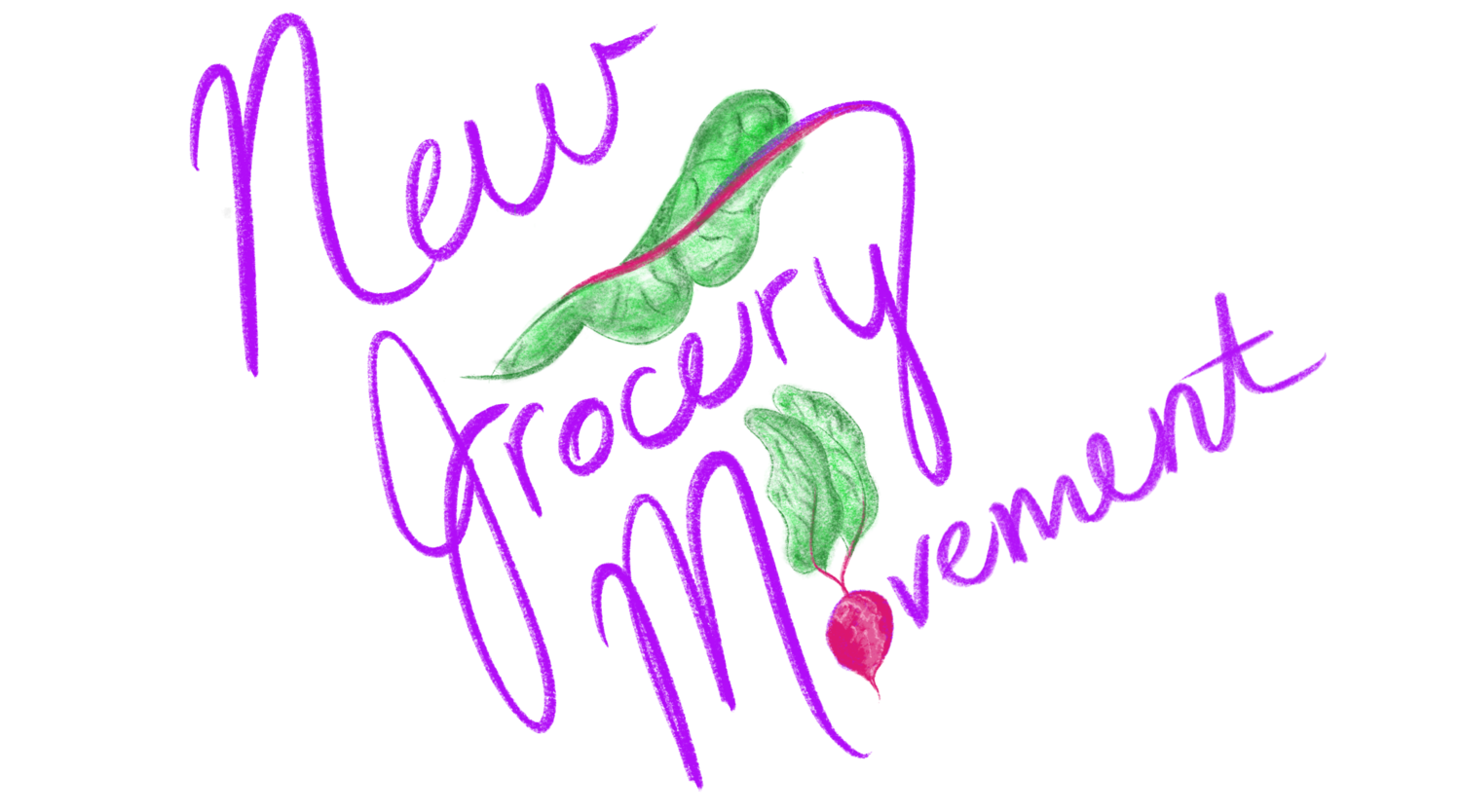Food is getting more expensive.
Economists measure food inflation with the consumer price index. You might have noticed that food started getting even more expensive in 2021 or 2022. That’s when Canada’s consumer price index hit its highest rate in more than 30 years, peaking in mid-2022, according to Bank of Canada researchers.
Though the rate of food inflation has slowed considerably since then, researchers estimated that households could spend up to $800 more on groceries in 2025 compared to 2024.
Chart source: https://tradingeconomics.com/canada/food-inflation
What is food inflation?
Simply put, food inflation is what it’s called when it costs more to purchase the same amount of food. This can be due to a number of factors such as rising production costs, transportation expenses, changes in consumer demand, or changing yields due to climate change.
When food prices rise more quickly than other goods and services (and faster than wages), it can impact household budgets, especially for low-income individuals and families.
Food inflation can lead to food insecurity, as some households will struggle to afford enough food to meet their nutritional needs. The number of people visiting food banks in Canada increased by 90% between 2019 and 2024. It’s imperative to address food inflation as access to affordable, nutritious food is essential for the health and well-being of individuals and communities.

